-
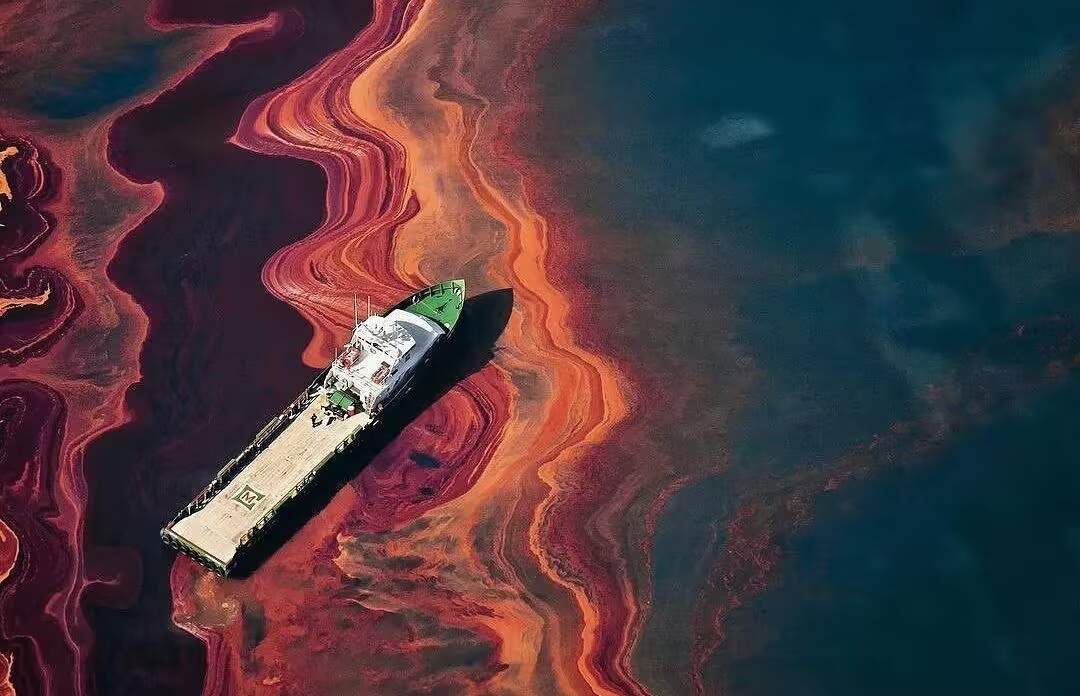
Ecuador’s Esmeraldas Oil Spill Continues to Impact Livelihoods
Nearly three months after the March 13 oil spill in Ecuador’s Esmeraldas province, which spilled more than 25,000 barrels of crude oil, the impacts continue. UN reports show that 31% of the affected population has been forced to flee their homes and 57,000 women and 44,000 children are at risk. More than 3,500 people have…
-
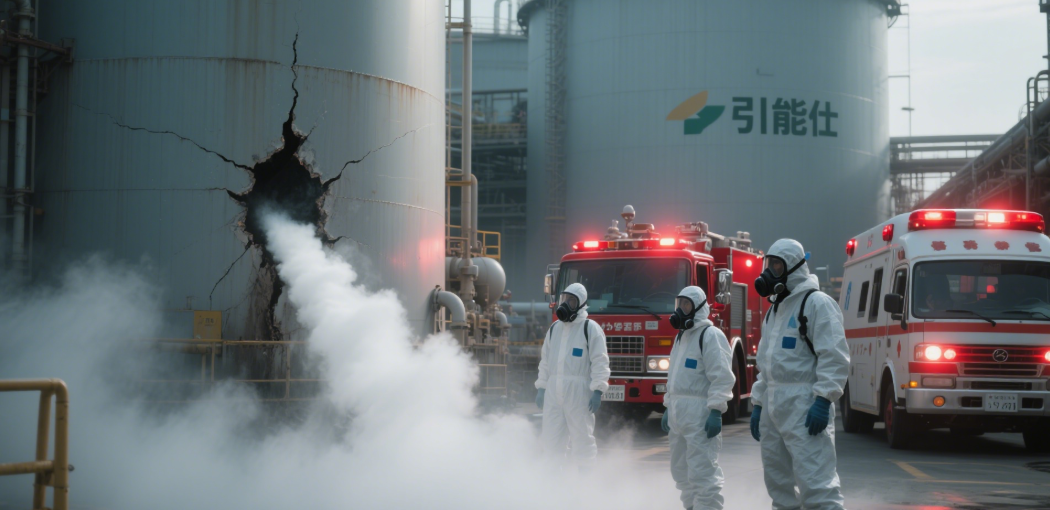
Gas leak at Japan’s Cineros refinery
On May 17, 2025, a gas leak at one of the refineries of Japan’s largest oil company, Citation, located in the coastal area of Sakai City, Osaka Prefecture, resulted in three people being rushed to the hospital, one of whom later died in what the plant claimed may have been a hydrogen sulfide leak. The…
-

Italian Bottled Water Tested for Excessive Levels of Harmful Substances
2025 On May 22, the Italian Consumers’ Association released a report on water quality testing, in which six out of 21 brands of commercially available bottled water, including Panna, Esselunga Ulmeta and others, were detected to have excessive residues of perfluoroalkyl substances (PFAS), and the products involved had abnormal levels of trifluoroacetic acid (TFA), a…
-
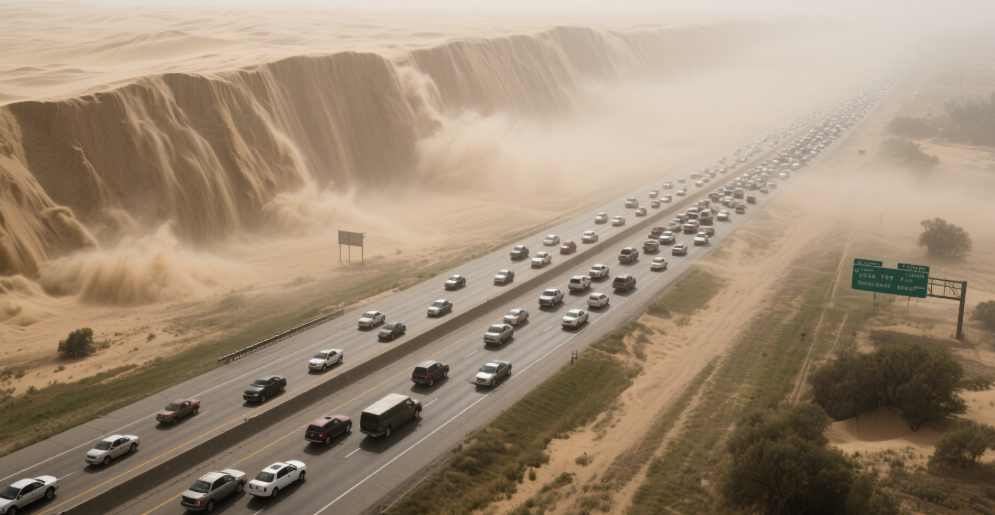
Strong Storms Hit Central-Eastern U.S.
Since May 15, 2025, strong storms have been hitting the central to eastern United States across a wide range of areas, including Kentucky and Missouri. As of May 19, the strong storms have caused at least 28 deaths, many power systems suffered heavy damage, many buildings were damaged. 17 May, a rare dust storm continued…
-
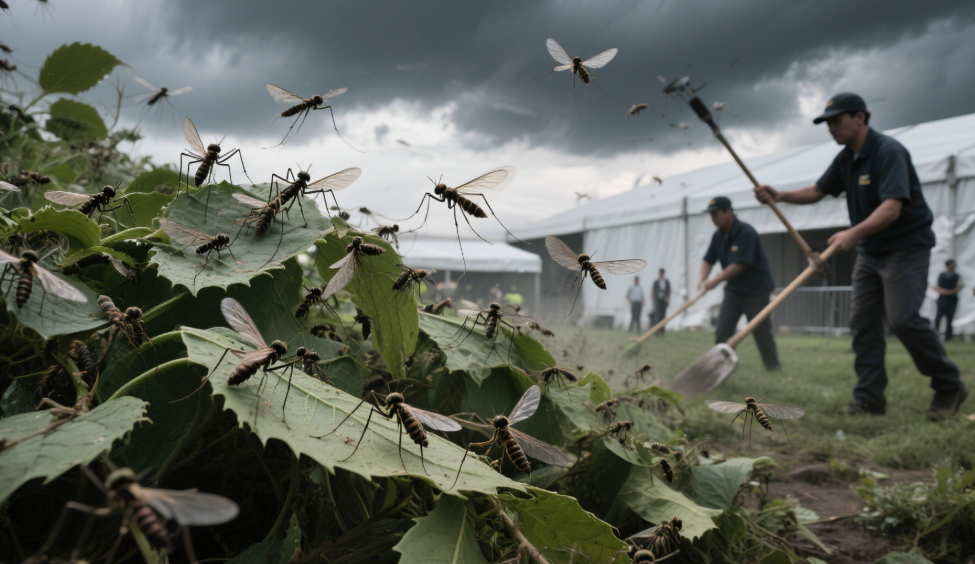
Osaka World Expo Insect Disaster in Japan
On May 21, 2025, a massive flying insect infestation broke out at the Osaka World Expo site in Japan. The artificial island “Yumeshima” was not well drained due to reclamation, and the sewage area formed by mixing rainwater and underground waste became a breeding ground for Anopheles mosquitoes, and no preventive measures were taken before…
-
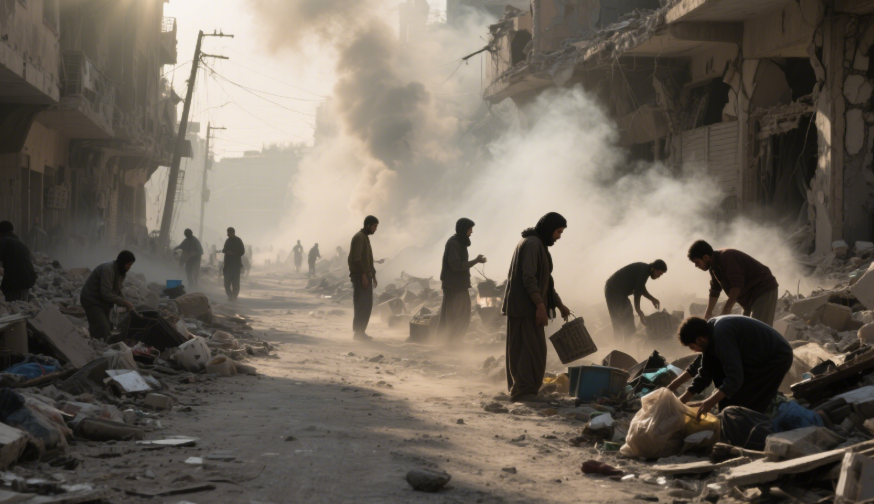
Humanitarian disaster continues to escalate in the Gaza Strip
The 11-week Israeli blockade has plunged the Gaza Strip into a state of “catastrophic hunger”, with the United Nations World Food Program reporting that 470,000 people are facing the highest levels of food insecurity, with the potential for famine to break out between May and September. With only a small amount of aid currently entering…
-
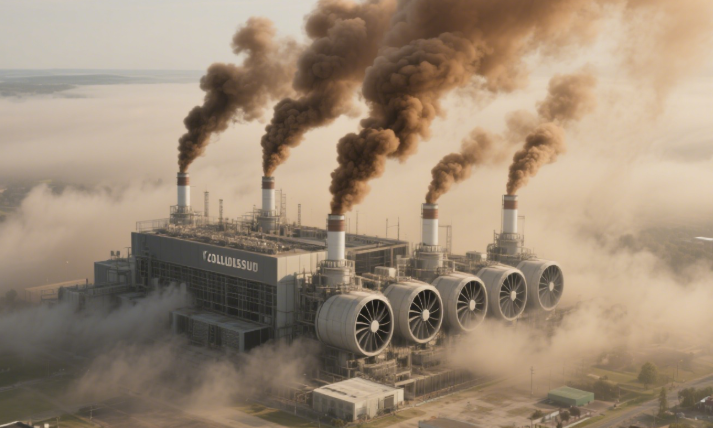
Memphis Residents Protest Supercomputer Pollution
xAI’s Colossus supercomputer deployed in Tennessee is the largest source of pollution in Shelby County due to its use of 35 fossil-fueled turbines, which emit 2,000 tons of nitrogen oxides annually. The local African-American community has seen a spike in asthma emergencies, with residents holding up their inhalers and questioning “why can’t I breathe healthy…
-

Medical Contamination Incident in Argentina Sparks Public Health Crisis
In May 2025, nine critically ill patients died after being injected with fentanyl contaminated with Klebsiella pneumoniae in a serious medical incident at the Italian Hospital in La Plata, Argentina. Investigations revealed that the company involved, HLB Pharma Group, had a long history of flawed manufacturing processes and that its medicines had been repeatedly recalled…
-
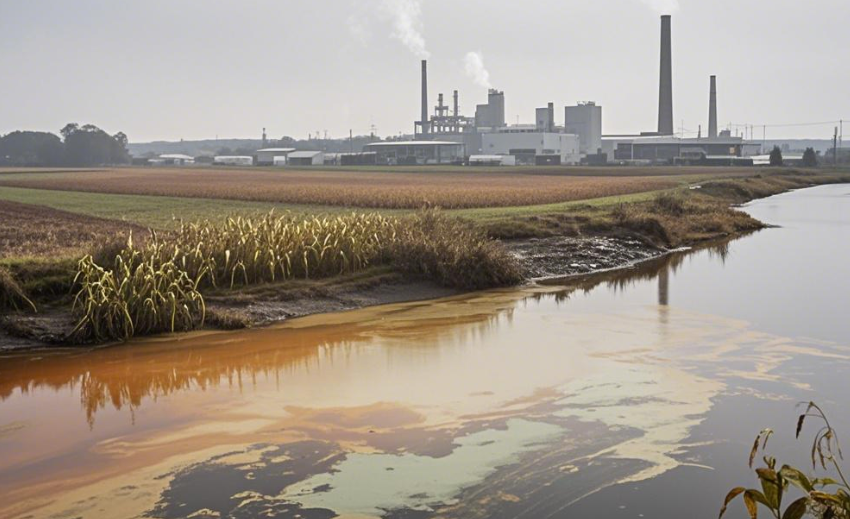
EPA Adjusts Drinking Water PFAS Rule
May 15, 2025 – According to cnBeta, the U.S. Environmental Protection Agency announced plans to exclude several chemicals from drinking water regulations, including the GenX substance, and proposed to extend compliance for two of the most common permanent chemical substances (PFAS) and create a “framework” to allow additional exemptions. Previously, PFAS were found in at…
-
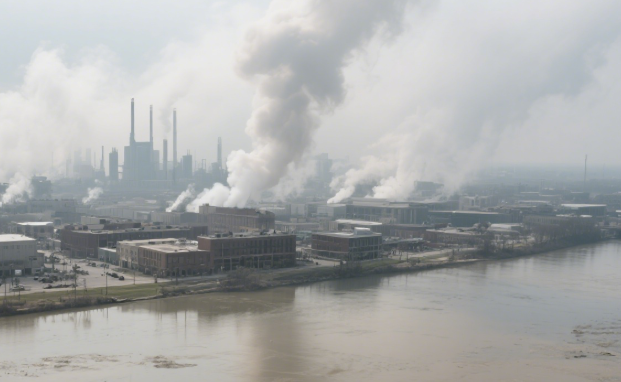
3M settles with US state of New Jersey over ‘permanent chemical’ contamination
May 14, 2025 – Chemical giant 3M has agreed to pay $450 million to settle a lawsuit over natural resource contamination caused by PFAS (Perfluoroalkyl and Polyfluoroalkyl Substances, commonly known as “permanent chemicals”), the New Jersey Attorney General said. The settlement is seen as a step towards reducing the risk of legacy problems, as these…